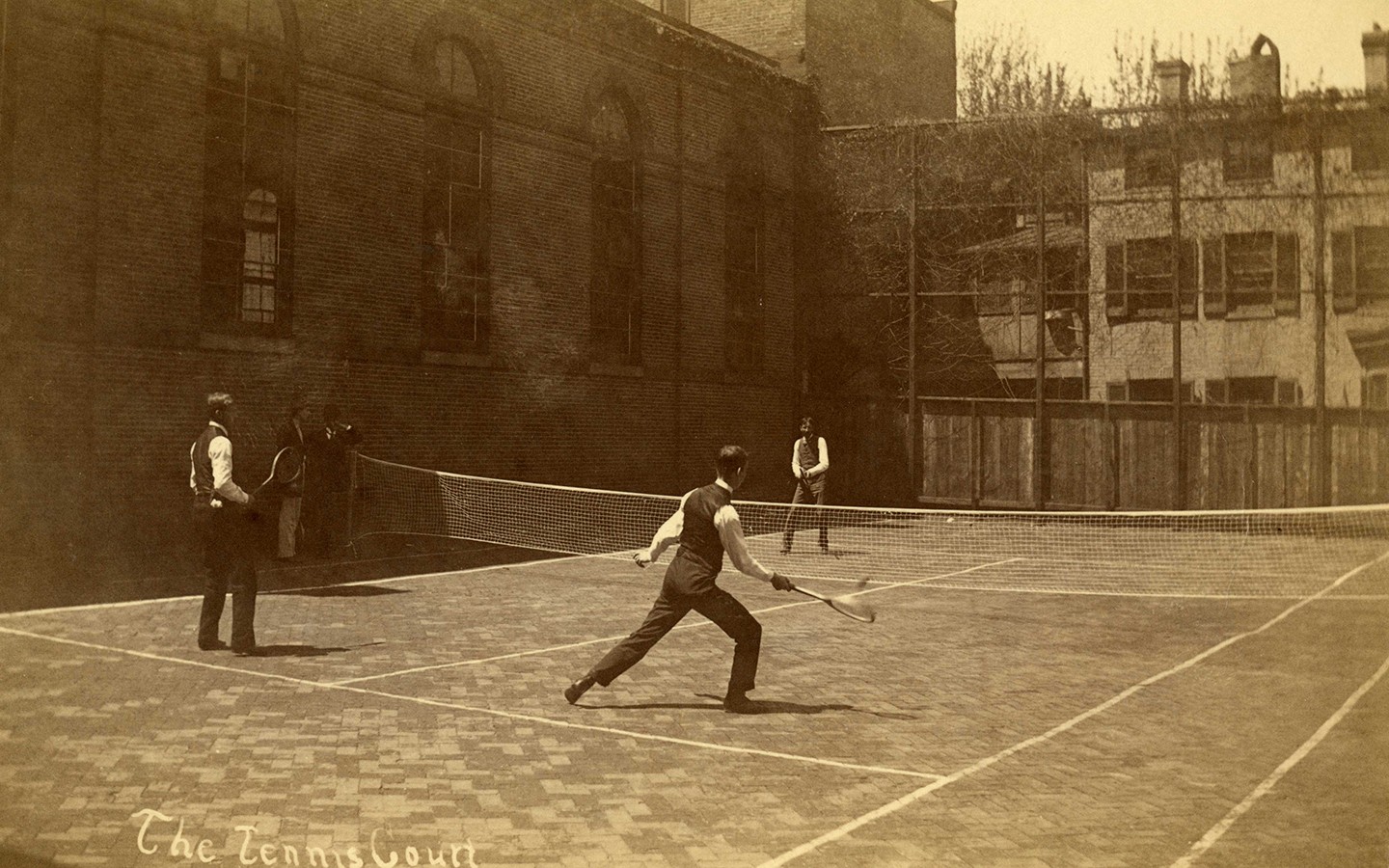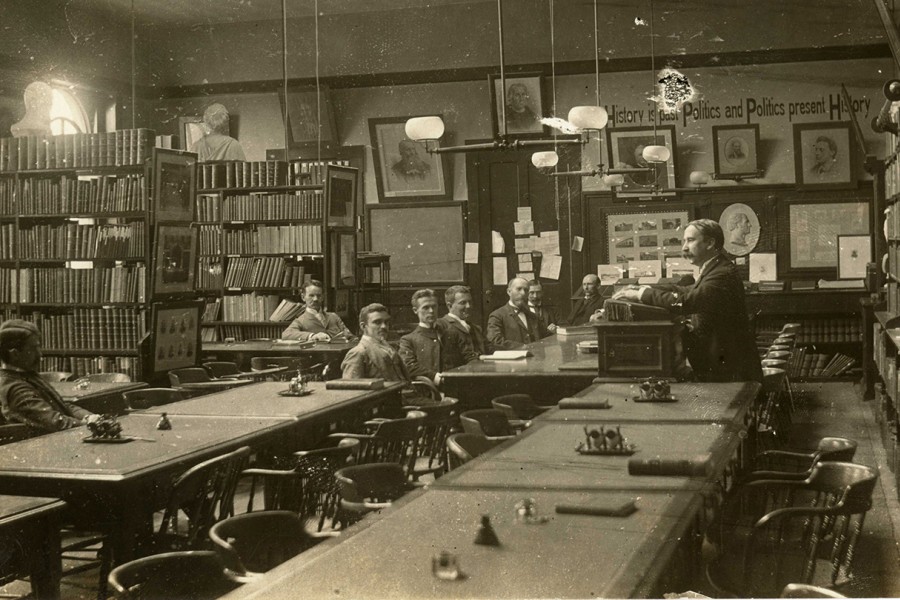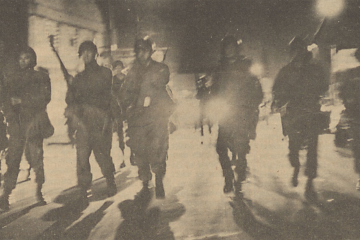The Ferdinand Hamburger University Archives at the Sheridan Libraries has made available online upwards of 15,000 photographs documenting Johns Hopkins University history from before its founding through the 1980s.
"The historical photographs collection is our most frequently-requested collection in the Libraries' Special Collections Department, regularly used by students, faculty, administration, and the wider community," said Jordon Steele, curator of the archives. "It represents an unprecedented visual record of university life. Much of the collection has been digitized for many years but was not available for public access until now."

Image caption: Gymnasia, Old Campus, ca. 1890.
Image credit: Ferdinand Hamburger Archives, Sheridan Libraries, Johns Hopkins University
The collection consists of photographs, lantern slides, and negatives of individuals, events, and places associated with the history of Johns Hopkins University. Images include portraits (both formal and candid) of students, faculty, guests, presenters, and alumni. Documented events include athletics and competitions, commencements, symposia, and protests. Other examples of topics include daily life, the buildings (both interior and exterior) and grounds of Homewood campus, and photographic reproductions of paintings.
"This visual representation of life at Hopkins since its founding is an incredible tool for exploring Hopkins history," said Jenny Kinniff, program manager of Hopkins Retrospective, an initiative coordinated by the university archives and the Office of the President to expand understanding of Hopkins history and find new ways to share it with the community. "Hopkins Retrospective shares these images through online exhibits, social media, and other venues, and we are thrilled that members of the university and broader community now are able to explore the collection for themselves."
Posted in Arts+Culture, University News, News+Info









